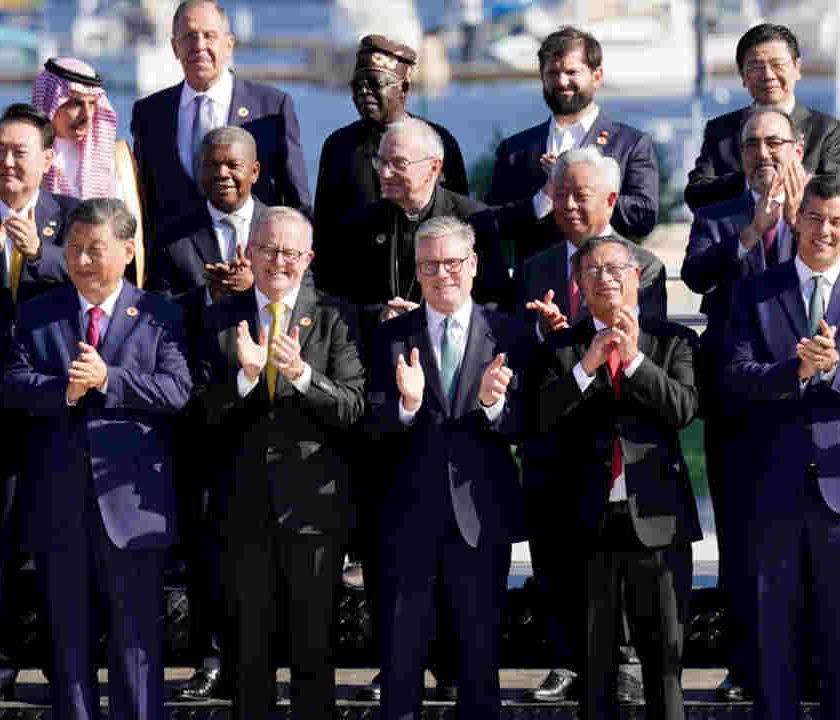The Cabinet, on August 23, approved Rwanda Industrial Policy which the Ministry of Trade and Industry (MINICOM) indicated aims to contribute to Rwanda’s Vision 2050 by accelerating the structural transformation of the country and enabling the development of a competitive and export-oriented private sector.
The 10-year industrial policy runs from 2024 through 2034.
The new policy has five pillars, namely improving industrial capabilities in export-oriented industries, increasing the level of investment & access to finance, developing technology, science and innovation capabilities, building the required infrastructure and spatial planning, and supporting environmental sustainability and green growth.
Rwanda Industrial Policy serves as the anchor policy for the promotion of economic and structural transformation towards higher-value-added economic activities, it observed, adding that it has strong complementarities with other key policies for economic transformation such as the Trade Policy, Entrepreneurship Policy, and Made in Rwanda Policy.
The following are the policy’s nine priority sectors, which MINICOM stated represent a mix of high-potential, including tradable agriculture, manufacturing and services:
1. Horticulture
This agriculture subsector covers flowers; live plants, fruits and vegetables (including dried or preserved ones), juices, jams, and specialty vegetable oils, among others.
2. Leather processing
It includes leather (wet blue, tanned, treated, cut, among others), and final leather products.
Currently, people who make leather products such as shoemakers in Rwanda, rely on imports as there is no developed leather processing in the country.
The Minister of Trade and Industry, Prudence Sebahizi, told The New Times that efforts will be put into processing locally sourced hides for the production of leather needed to make shoes and other products.
3. Tea
Tea is one of Rwanda’s top agricultural exports. Under the new industrial policy, this product is expected to be developed, with a variety including black, green, and white tea, as well as specialty single-origin tea.
In 2022/2023 — the latest financial year for which data are available — Rwanda exported 39,000 tonnes of [made or processed] tea that generated more than $107.7 million (representing 12 per cent of Rwanda’s annual agricultural export revenues, up from more than 35,400 tonnes that fetched over $103.4 million in the previous fiscal year.
4. Pharmaceuticals
Rwanda seeks to position itself as a medical tourism hub in the region, and Africa as a whole, according to the Ministry of Health.
The new industrial policy seeks to contribute to the country’s health sector with the development of pharmaceuticals, which include vaccines, medicaments, and antisera, among others.
5. Tourism
Another sector to be given priority under the new policy is nature and adventure tourism, as well as Meetings, Incentives, Conferences, and Exhibitions (MICE) tourism.
6. Global business services
Customer care call centres; virtual administration assistance, software, data processing, and consulting, are considered under global business services as one of the areas to be given priority in the new policy.
Sebahizi said that global businesses include global data collection and processing to help the world utilise data [in this era of technology].
7. Textiles and apparel
It consists of cotton textiles, and niche garment manufacturing for regional and global markets.
8. Creative industries
This covers digital content, gaming, music, film, dance, visual art, writing, product design, and fashion design.
9. Automotive industries
It includes vehicle assembly and components production, and focuses on electric vehicles.
Why the new policy?
Sebahizi told to the media the development of the new policy or the revision of the previous one is based on four factors.
They include that the indicators that were based on before in line with Vision 2020, should be revised because we are now in Vision 2050, “and the first phase of National Strategy for Transformation (NST1) changed and we are now following NST2 indicators,” which implies that “the expectation has to change.”
Another factor is the challenges that were observed in the industry sector.
“During the implementation of the first [previous] policy, it was observed that our factories faced challenges such that many of them operate below their production capacity,” he said, pointing out that such a situation results from different reasons that this policy seeks to address.
Also, the policy factored in subsectors with the potential to contribute to increasing the country’s export revenues.
And the fourth reason is the consideration of the fourth industrial revolution, and green growth to ensure that industrial activities comply with environmental protection guidelines, Sebahizi said of the factors that led to the revision of the previous policy.
Regarding expected outcomes of the new policy, MINICOM pointed out that there are increased value-added in medium- and high-value goods and services industries, creation of quality jobs, and diversification and growth of medium- and high-value good and services exports.
According to MINICOM, Vision 2050 aims at Rwanda becoming a diversified economy built upon future industries, with competitive manufacturing anchored to a regional logistics hub, modern and innovative services sectors driving transformative growth, and export-oriented knowledge services, among others.
While Vision 2050 aims to achieve upper-middle income status by 2035 (GDP per capita $4,036) and high-income status by 2050 (GDP per capita $12,476), GDP per capita was $1,040 in 2023, as per date from the Ministry of Finance and Economic Planning.
MINICOM indicates that exports are still highly concentrated in unprocessed commodities, with little value-added in Rwanda.
The industry sector contributed 22 per cent of Rwanda’s GDP in 2023, according to data from the National Institute of Statistics of Rwanda, while the target is 24 per cent in 2035, and 33 per cent in 2050, as per Vision 2050.
SOURCE: TNT






